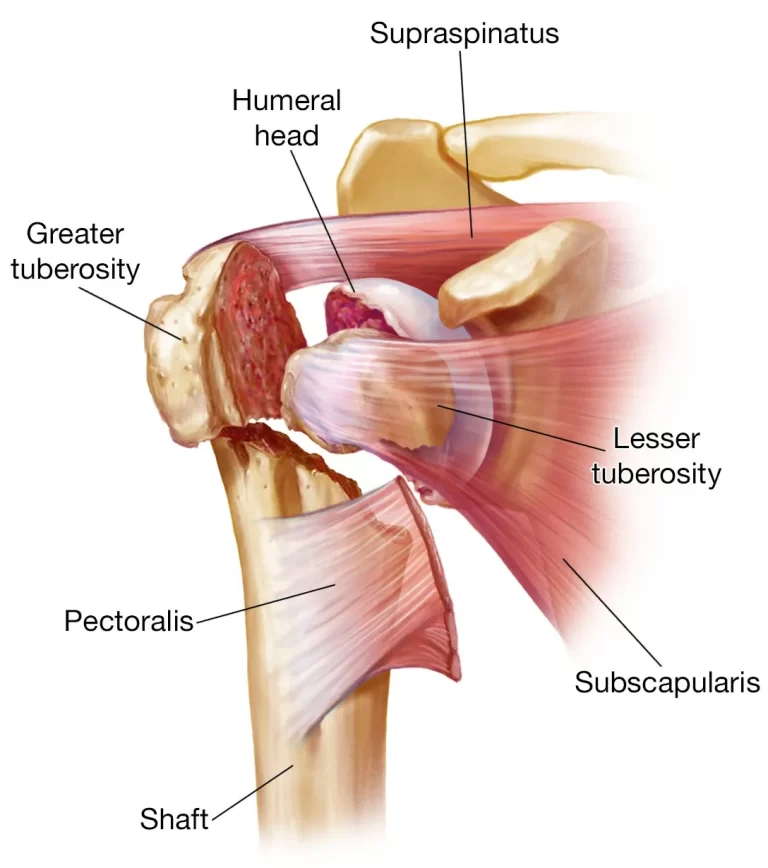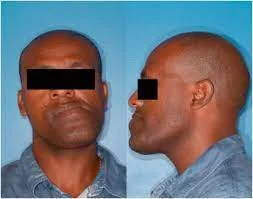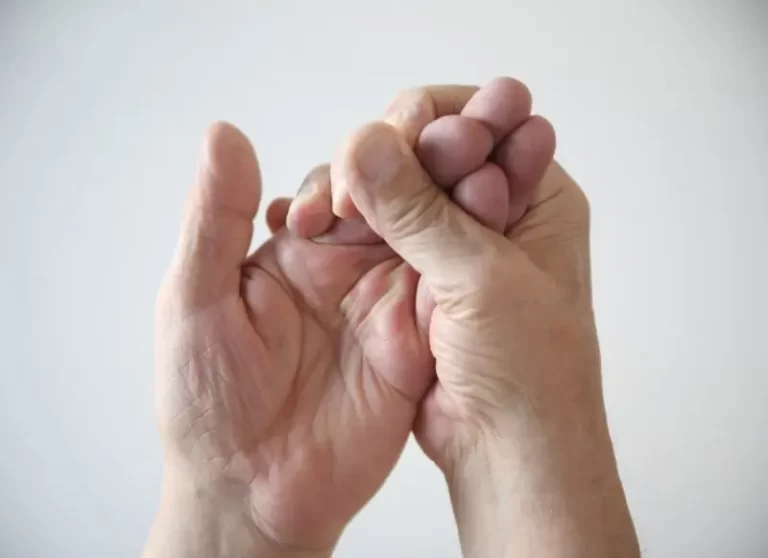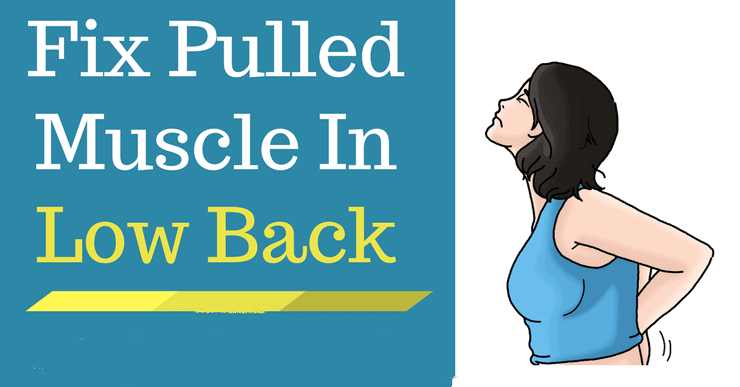Slipping rib syndrome and Physiotherapy management
- Slipping rib syndrome occurs when the cartilage on a person’s lower ribs slips and moves, leading to pain in their chest or upper abdomen.
- Slipping rib syndrome goes by many names, including clicking rib, displaced ribs, rib tip syndrome, nerve nipping, painful rib syndrome, and interchondral subluxation, among others.
- The condition is slightly more common in women than men. It’s been reported in people as young as 12 years and as old as mid-80s, but it mostly affects middle-aged people.
- The slipping rib syndrome is an infrequent cause of thoracic and upper abdominal intermittent pain and is thought to arise from hypermobility of the rib cartilage of the false and floating ribs (these are the most involved in this syndrome).
- This may cause a disruption and allows the costal cartilage tips to subluxate and irritate the intercostal nerves.
Clinically Relevant Anatomy
The slipping rib syndrome is a condition affecting the false ribs.
There are 3 types of ribs:

- Ribs which are attached to the sternum by costosternal joints and ligaments (true ribs – 1-7th)
- Ribs which are connected to each other through a weaker cartilaginous or fibrous band (false ribs – 8-10th)
- Ribs which aren’t attached to the sternum or to each other (floating ribs – 11-12th)
- The condition arises from hypermobility of the anterior ends of the false rib costal cartilages, which often leads to slipping of the affected rib under the superior adjacent rib.
- This slippage or movement can lead to an irritation of the intercostal nerve, strain of the intercostal muscles, sprain of the lower costal cartilage, or general inflammation in the affected area.
- Because of their weak connection, there is an increased mobility and greater susceptibility to trauma. Anterior rib hypermobility is also likely to cause problems in the posterior thoracic area, because it’s a closed system
Clinical Presentation
Slipping rib syndrome is presented through the following characteristics :
- Intense pain in the lower chest or upper abdomen above the costal margin, mostly at the height of the 8th, 9th, and 10th ribs (false ribs)
- A tender spot on the costal margin
- Reproduction of the pain by pressing the tender spot or by external influences
- Signs and symptoms are usually unilateral, however, there are also cases where patients reported bilateral pain.
Pain associated with slipping rib syndrome has distinct characteristics which can be used in identifying the syndrome:
- Usually described by patients as intermittent sharp stabbing pain followed by a constant monotonous pain that may last from several hours to many weeks.
- The range of severity of pain varies from being a minor nuisance, moderately severe to interfere with activities of daily living.
- May also be reported to radiate from the costochondral area to the chest or to the same level in the back.
- Exacerbated by certain postures and movements: lying or turning in bed, rising from a chair, driving, stretching, reaching, lifting, bending, twisting the trunk, coughing, walking, or bearing loads.
- May affect sporting activities involving trunk movements and deep breathing, but in particular running, horseback riding, arm abduction, or swimming. Pain may be severe enough to make patients stop playing sports.
- Visceral innervation converges at the same spinal cord levels as slipping ribs and intercostal nerves and this close association of the intercostal nerves and the sympathetic system may also cause a variety of somatic and visceral complaints, such as biliary or renal colic.
Examination
- The physiotherapist looks for an association between certain movements or postures and pain intensity (signs and symptoms), determines if the patient has experienced recent trauma (not always present), constrained posture, or previous abdominal surgery, and reproduces the symptoms (eg, pain, clicking)
Signs and Symptoms
- Classically, the pain occurs in the upper abdomen or lower chest, in the abdominal wall, and above the anterior costal margin.
- At that place the involved costal cartilage moves more freely than normal and the examiner can typically feel tenderness. A painful click is sometimes felt over the tip of the involved costal cartilage with certain movements.
- Palpation – At physical examination, the most common finding in a case of slipping rib syndrome is tenderness above the costal margin. The physiotherapist can reproduce chest pain by palpation
- The Hooking manoeuvre – positive test
Medical Management
- In some cases, slipping rib syndrome resolves on its own without treatment. Home treatment may include:
- Rest
- Avoiding strenuous activities
- Applying heat or ice to the affected area
- taking pain relieving medication like acetaminophen (Tylenol) or a nonsteroidal anti-inflammatory drug (NSAID), such as ibuprofen (Advil, Motrin IB) or naproxen (Aleve)
- Stretching and rotation exercises
- If the pain continues despite taking a painkiller:
- A corticosteroid injection to help reduce the swelling
- An intercostal nerve block (an injection of an anesthetic in the intercostal nerve) to relieve pain
- Physical therapy intervention and management
- If the condition persists or causes severe pain, surgery may be recommended. The procedure, known as costal cartilage excision, has been shown in clinical studies to be an effective treatment for slipping rib syndrome.
Physical Therapy Management
Exercises to Avoid: Because of the inherent instability of joints, exercises that put direct pressure on your chest should be avoided. Pushups or exercises that involve pitching or throwing motions increase risk. Sports that involve a potential for contact with other athletes such as football or basketball should be avoided until the condition resolves.
- Early Exercise: In the beginning stage of recovery, segmental breathing is used to gain more mobility in the ribs.
- Pressure is applied, usually by a therapist, to where the ribs join the sternum. Client needs to breathe in and expand lungs while the pressure is applied.
- The pressure is moved from one segment to another while long slow breaths are drawn in to put pressure against the therapist’s hand.
- Expanding Exercises to increase mobility around the rib joints
- Thoracic extension and flexion exercises can be used ie arching the back and allowing rib cage to expand, then bend forward and compress chest and ribs. Only perform to the limits of comfort.
- Seated rotation exercises can be done by sitting and turning chest and shoulders as far one side as you can ie like turning and looking over your shoulder, then turning to the other side. Use caution advice client to go slowly to avoid injury.
- Specific for Slipping Rib Syndrome
- Recognition and education of the condition. The patient can be taught to avoid movements and positions that provoke the pain without creating asymmetric overcharge in other regions of the body
- Reassurance of the benign nature of the disease combined with explanation and advice concerning postural avoidance
- Using heat (hot packs) or cold (ice), ultrasound Therapy, and NSAID to the affected rib might be of value in relieving the pain for intermittent periods.
- Manual therapy: manipulation of the costovertebral joint and electric stimulation can help manage the pain, but probably no long term relief.
- Taping of ribs can possibly provide some temporary relief.30 3.jpgTo decide on the location and direction of taping, apply a manual superior compression force through the postero-lateral aspect of the rib cage. Now ask the patient to take in a deep breath or rotate. If the patient notes a significant improvement in symptoms, then apply the tape at that level.
- Rib mobilization with movement (MWM) as proposed by Brian Mulligan. The range of motion and pain level are evaluated. A cranial glide is applied over the lateral aspect of the rib above the painful region.
- While sustaining this rib elevation (unloading), the patient is asked to rotate again while ROM and pain are once again evaluated. If there is no change, the technique is repeated on a rib above or below. If MWM on a rib at a specific level is found to reduce or eliminate the pain, it is repeated 10 times.
- A home program of self MWM may be provided. Instruction: “lift the rib up with the web space of one hand and actively rotate towards the painful direction, repeat as often as necessary”.
- The goal is to move the irritated costovertebral joint without pain as often as possible to reduce both the protective muscle spasm and the local inflammation
- Rib mobilization with movement (MWM) as proposed by Brian Mulligan. The range of motion and pain level are evaluated. A cranial glide is applied over the lateral aspect of the rib above the painful region.
- While sustaining this rib elevation (unloading), the patient is asked to rotate again while ROM and pain are once again evaluated. If there is no change, the technique is repeated on a rib above or below. If MWM on a rib at a specific level is found to reduce or eliminate the pain, it is repeated 10 times.








One Comment